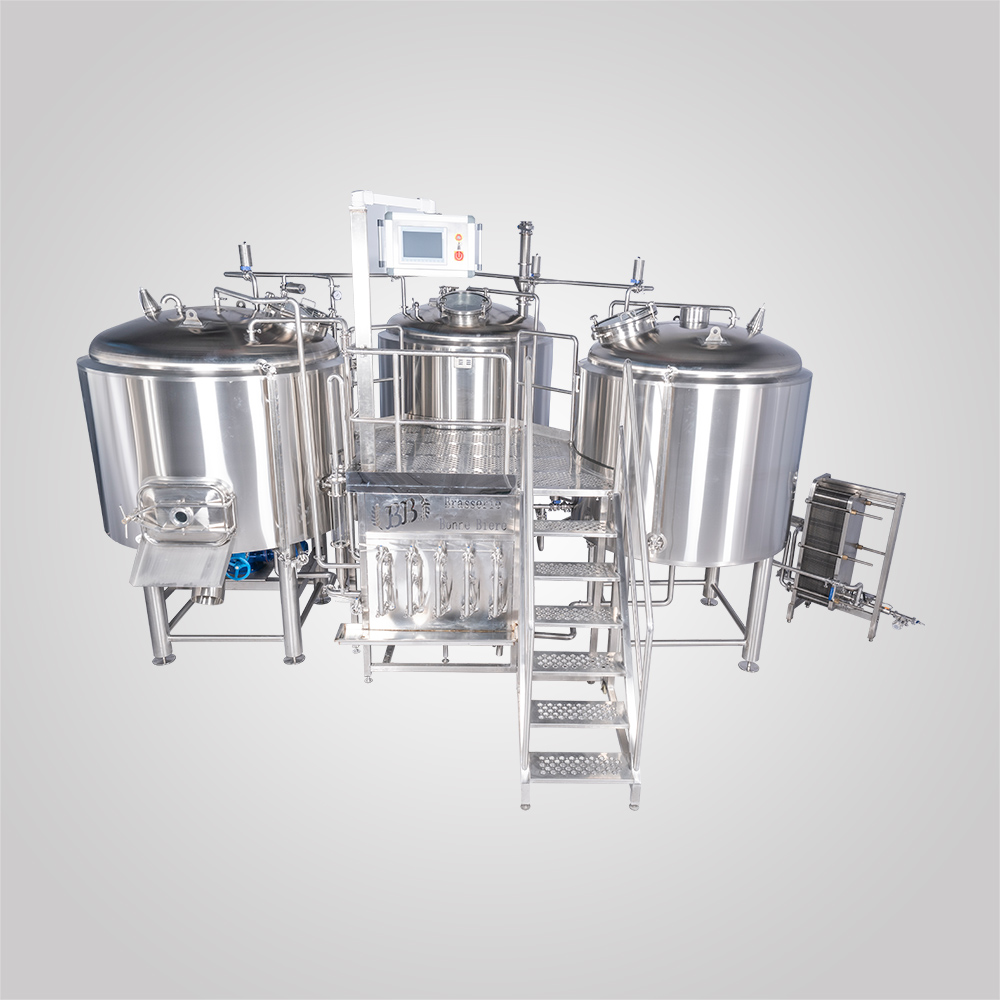We believe strongly that we can and must do something different.
Our aim is to make your ideas come true.
News&Blog
Do something for your dream.
Start from selection
Location
CN Jinan- 2668
Jichang Rd.
Email Us
Call Center
24/7 Support
+86 531 88161066












Request A Quote